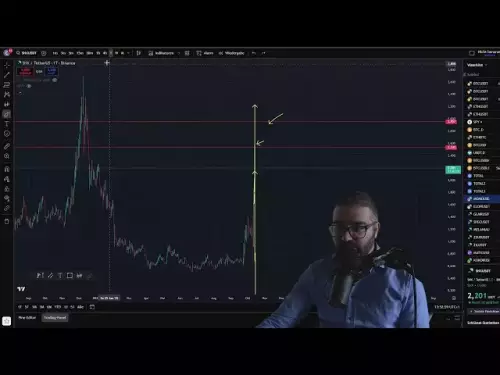-
 bitcoin
bitcoin $115692.075601 USD
5.13% -
 ethereum
ethereum $4162.931611 USD
11.68% -
 bnb
bnb $1310.063287 USD
17.56% -
 tether
tether $1.000983 USD
0.00% -
 xrp
xrp $2.534505 USD
8.16% -
 solana
solana $198.235737 USD
13.49% -
 usd-coin
usd-coin $1.000236 USD
0.02% -
 dogecoin
dogecoin $0.207352 USD
12.89% -
 tron
tron $0.323043 USD
3.62% -
 cardano
cardano $0.701559 USD
11.88% -
 hyperliquid
hyperliquid $39.924597 USD
8.30% -
 chainlink
chainlink $18.934457 USD
11.56% -
 ethena-usde
ethena-usde $1.000552 USD
0.02% -
 stellar
stellar $0.340575 USD
7.05% -
 bitcoin-cash
bitcoin-cash $545.011757 USD
8.86%
What is unrealized PnL in Ethereum contracts?
Unrealized PnL in Ethereum DeFi reflects the dynamic profit or loss of open positions, calculated using on-chain price data from oracles like Chainlink.
Oct 12, 2025 at 09:36 am
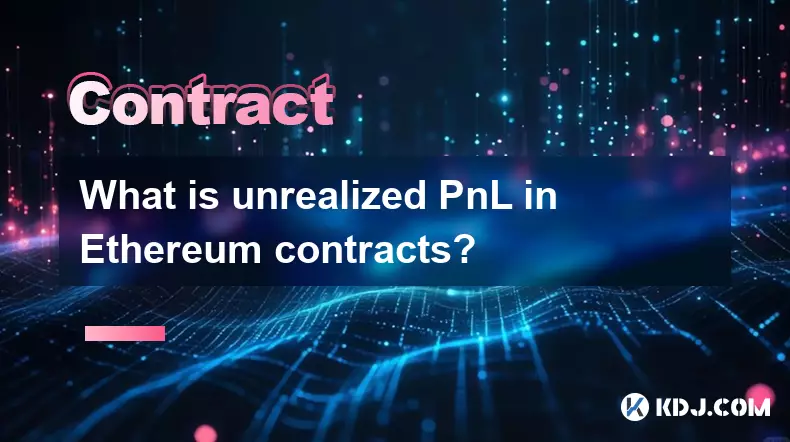
Understanding Unrealized PnL in Ethereum-Based Contracts
1. Unrealized Profit and Loss (PnL) refers to the theoretical gain or loss on open positions within decentralized finance (DeFi) protocols built on Ethereum. These positions often involve staking, liquidity provision, or leveraged trading through smart contracts. Since the position remains active and has not been closed, the PnL is not yet locked in and fluctuates with market conditions.
2. In Ethereum-based derivatives platforms like perpetual swap exchanges, unrealized PnL is calculated based on the difference between the entry price of a position and the current mark price. This value updates continuously as the asset’s price changes on-chain, influenced by oracle feeds and decentralized exchange rates.
3. Smart contracts compute unrealized PnL using on-chain price data sourced from trusted oracles such as Chainlink. These values are essential for determining margin health, triggering liquidations, and enabling real-time risk assessment without requiring user intervention.
4. Traders interacting with Ethereum protocols must monitor their unrealized PnL closely, especially in volatile markets. A sharp price movement can turn a profitable position into one that risks liquidation if collateral levels fall below required thresholds.
5. Unlike realized PnL, which becomes permanent upon closing a position, unrealized PnL exists only as a dynamic variable within contract state storage. It impacts user dashboards, funding payments, and insurance fund calculations but does not represent transferable value until settlement.
Role of Oracles in Calculating Unrealized Gains
1. Accurate price feeds are critical for assessing unrealized PnL in Ethereum contracts. Oracles bridge external market data to smart contracts, ensuring that the valuation of open positions reflects real-world prices.
2. Platforms like Synthetix and dYdX rely on decentralized oracle networks to pull ETH/USD and other trading pair prices at regular intervals. Discrepancies in these feeds can lead to incorrect PnL calculations and potential exploitation.
3. Some protocols implement time-weighted average prices (TWAPs) to mitigate short-term manipulation of oracle data. This approach smooths out volatility spikes and provides a more stable basis for computing unrealized gains or losses.
4. If an oracle fails or reports stale data, the smart contract may temporarily freeze PnL updates or trigger fallback mechanisms. This protects the system from erroneous liquidations due to inaccurate pricing.
5. Developers must design robust oracle integration layers to ensure consistent and tamper-resistant PnL tracking across all user positions within the contract ecosystem.
Impact of Gas Fees on Position Management
1. High gas fees on the Ethereum network directly affect how frequently users adjust or close positions with significant unrealized PnL. Costly transactions may delay exits even when profits are substantial.
2. During periods of network congestion, traders might choose to leave positions open despite favorable unrealized gains simply because the cost of closing exceeds the net benefit.
3. Layer 2 solutions such as Arbitrum and Optimism reduce this friction by offering lower transaction costs. As a result, users can manage unrealized PnL more actively without being constrained by base layer economics.
4. Some DeFi applications batch process PnL updates off-chain and submit aggregated results to Ethereum mainnet, minimizing individual gas burdens while preserving economic accuracy.
5. Efficient gas usage strategies allow protocols to provide near real-time PnL visibility without forcing users into expensive interactions every time the market moves.
Unrealized PnL determines a trader's current equity in open DeFi positions before settlement.Ethereum oracles play a vital role in maintaining accurate and secure PnL valuations.High gas costs can discourage timely realization of gains on Ethereum mainnet.
Frequently Asked Questions
How is unrealized PnL displayed in wallet interfaces?Wallet dashboards and DeFi analytics tools pull data from smart contracts and oracle-reported prices to show users their current unrealized gains or losses. This information is updated periodically based on blockchain activity and feed refresh rates.
Can unrealized PnL become negative in leveraged positions?Yes, when the market moves against a leveraged trade, the unrealized PnL turns negative. If it drops below the maintenance margin level, the position faces liquidation through automated contract logic.
Do liquidity providers have unrealized PnL?Yes, AMM liquidity providers experience impermanent loss, which is a form of unrealized PnL. Their portfolio value changes relative to holding assets outside the pool, and this delta remains unrealized until they withdraw their shares.
Is unrealized PnL taxable in most jurisdictions?Tax treatment varies, but generally, unrealized PnL is not considered taxable income. Only realized gains—when tokens are swapped or withdrawn—are typically subject to capital gains reporting requirements.
Disclaimer:info@kdj.com
The information provided is not trading advice. kdj.com does not assume any responsibility for any investments made based on the information provided in this article. Cryptocurrencies are highly volatile and it is highly recommended that you invest with caution after thorough research!
If you believe that the content used on this website infringes your copyright, please contact us immediately (info@kdj.com) and we will delete it promptly.
- XRP Price Prediction: Weekend Rollercoaster or Rally?
- 2025-10-12 08:45:16
- Bittensor (TAO): Super Bullish Signals Point to Potential 2x Rally
- 2025-10-11 10:25:12
- Silver Price Correction: Navigating the Dip & Identifying Key SEO Keywords
- 2025-10-11 10:25:12
- Decoding Crypto Trends: Bittensor's Bull Run, Cardano's Dip, and LivLive's Presale Buzz in 'Uptober 2025'
- 2025-10-12 08:45:16
- MoonBull: The Crypto Meme Coin Promising 1000x Gains?
- 2025-10-11 10:30:01
- Crypto Payroll Revolution: Stablecoins, Altcoins, and the Future of Salary Payments
- 2025-10-11 10:30:01
Related knowledge

How to calculate the ROI for Ethereum contracts?
Oct 09,2025 at 04:36pm
Understanding Ethereum Contract ROI Basics1. Return on Investment (ROI) for Ethereum contracts begins with tracking the initial capital deployed into ...
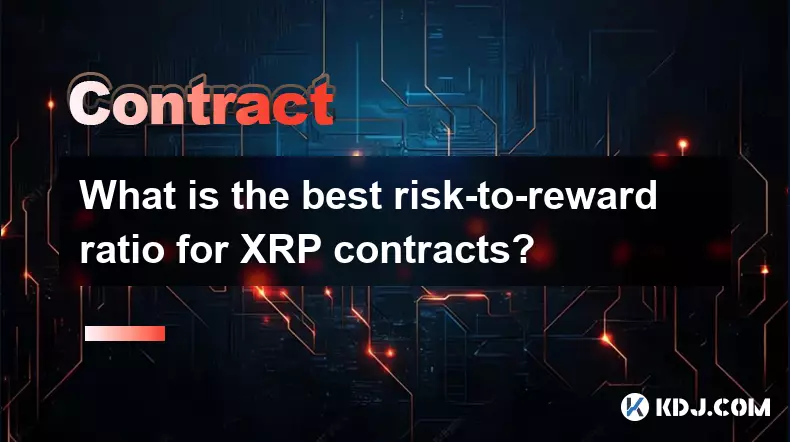
What is the best risk-to-reward ratio for XRP contracts?
Oct 11,2025 at 04:18am
Understanding Risk-to-Reward in XRP Futures Trading1. The risk-to-reward ratio is a fundamental metric used by traders to evaluate the potential profi...
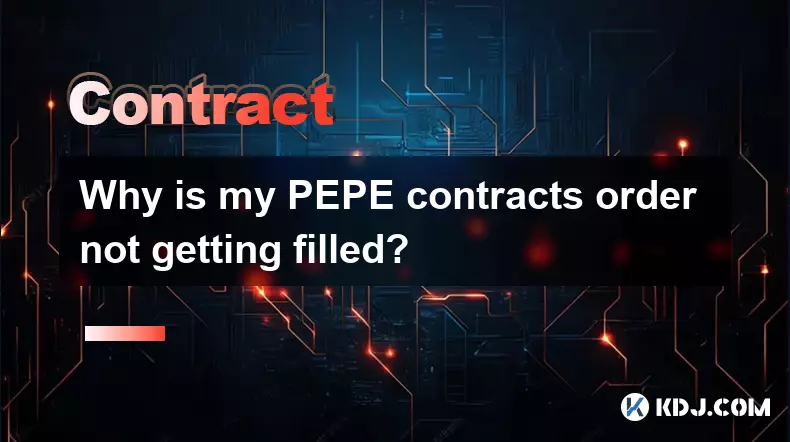
Why is my PEPE contracts order not getting filled?
Oct 12,2025 at 06:01pm
Understanding Liquidity Issues in PEPE Contracts1. Low liquidity is one of the primary reasons a PEPE contract order may not get filled. Many meme-bas...

Is it better to trade Dogecoin contracts or spot?
Oct 12,2025 at 04:54pm
Understanding Dogecoin Spot Trading Mechanics1. Spot trading involves the direct purchase and ownership of Dogecoin at the current market price. Trade...
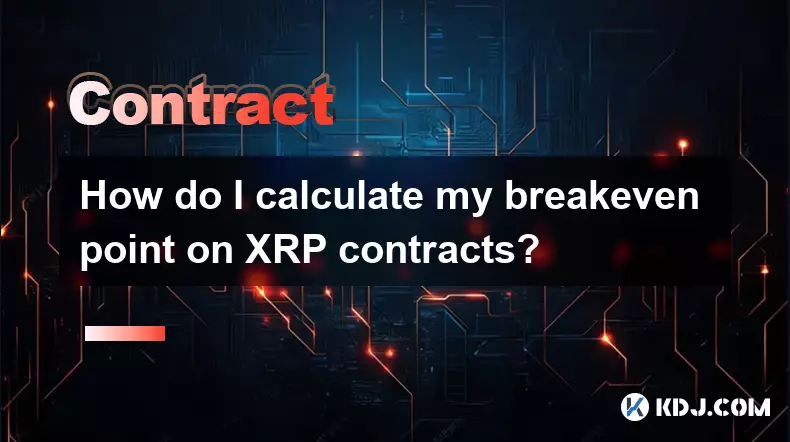
How do I calculate my breakeven point on XRP contracts?
Oct 09,2025 at 08:36pm
Understanding the Breakeven Point in XRP Futures TradingCalculating the breakeven point for XRP contracts is essential for traders who engage in futur...
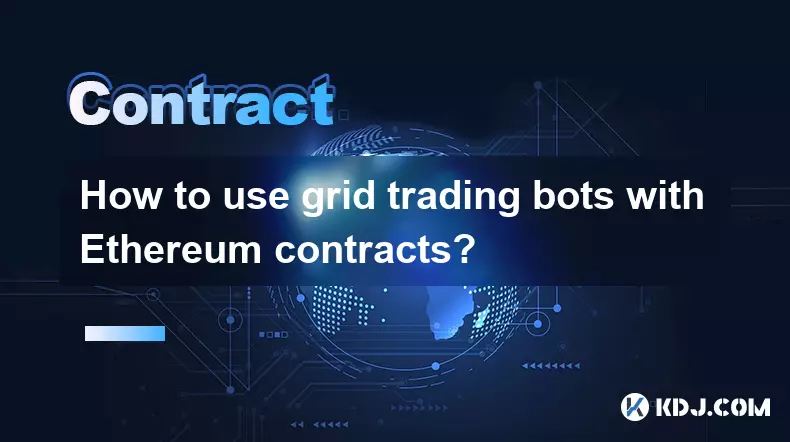
How to use grid trading bots with Ethereum contracts?
Oct 12,2025 at 05:01am
Understanding Grid Trading Bots in the Context of Ethereum1. Grid trading bots operate by placing a series of buy and sell orders at predetermined pri...

How to calculate the ROI for Ethereum contracts?
Oct 09,2025 at 04:36pm
Understanding Ethereum Contract ROI Basics1. Return on Investment (ROI) for Ethereum contracts begins with tracking the initial capital deployed into ...

What is the best risk-to-reward ratio for XRP contracts?
Oct 11,2025 at 04:18am
Understanding Risk-to-Reward in XRP Futures Trading1. The risk-to-reward ratio is a fundamental metric used by traders to evaluate the potential profi...

Why is my PEPE contracts order not getting filled?
Oct 12,2025 at 06:01pm
Understanding Liquidity Issues in PEPE Contracts1. Low liquidity is one of the primary reasons a PEPE contract order may not get filled. Many meme-bas...

Is it better to trade Dogecoin contracts or spot?
Oct 12,2025 at 04:54pm
Understanding Dogecoin Spot Trading Mechanics1. Spot trading involves the direct purchase and ownership of Dogecoin at the current market price. Trade...

How do I calculate my breakeven point on XRP contracts?
Oct 09,2025 at 08:36pm
Understanding the Breakeven Point in XRP Futures TradingCalculating the breakeven point for XRP contracts is essential for traders who engage in futur...

How to use grid trading bots with Ethereum contracts?
Oct 12,2025 at 05:01am
Understanding Grid Trading Bots in the Context of Ethereum1. Grid trading bots operate by placing a series of buy and sell orders at predetermined pri...
See all articles





















